WHAT IS KAYAKING ?
Kayaking is a recreational water sport that involves the use of kayak, a narrow boat with a double blade paddle to glide on water. The navigator is supposed to navigate through the waterways by sitting face-forward and rowing ahead while alternating side-to-side paddle strokes. Kayaking was originally invented for hunting on waters. It was used to hunt fish and transport passengers across the water. It was later that Kayaking became a recreation and also a sporting event around the globe.
KAYAKING SAFETY GEAR AND CLOTHING
Kayaking is a fun and recreational activity, but it’s important to take the necessary precautions to ensure a safe and enjoyable experience. However proper gear, equipment and clothing are essential to avoid any mishaps on water. By taking the time to invest in the right gear, kayakers can focus on the thrill and fun of the sport. Below are listed some of them.
Kayak
Kayak is the first essential thing you will need to have. You can either rent or buy. Beginners usually opt for renting a kayak, as transportation, storage and maintenance of the kayak is very new. There will be experts at the kayak activity center to help you choose the right kayak. Depending on how often or how occasionally you kayak, you can either rent or own.
Personal Floatation Device
A kayak that is usually rented or borrowed. One can also buy a kayak. One of the foremost important gear you will need is a coast guard-approved PFD- Personal Flotation Device(Life Jacket) that fits on the navigator properly. Life jackets provide you with buoyancy and they will help you keep afloat.
Backup Paddle
It is always advised to bring a spare paddle while kayaking. At times, you can lose or break a paddle, as rough waters are unpredictable, there is a chance even experienced paddlers lose their paddle. While traveling in a group, bring an extra paddle as a courtesy for others in the group.
Bilge Pump
Bilge pump is a small portable pump that is used to pump out excess water from the kayak. Usually can be tucked away in the kayak or strapped down to the bungee.
Float
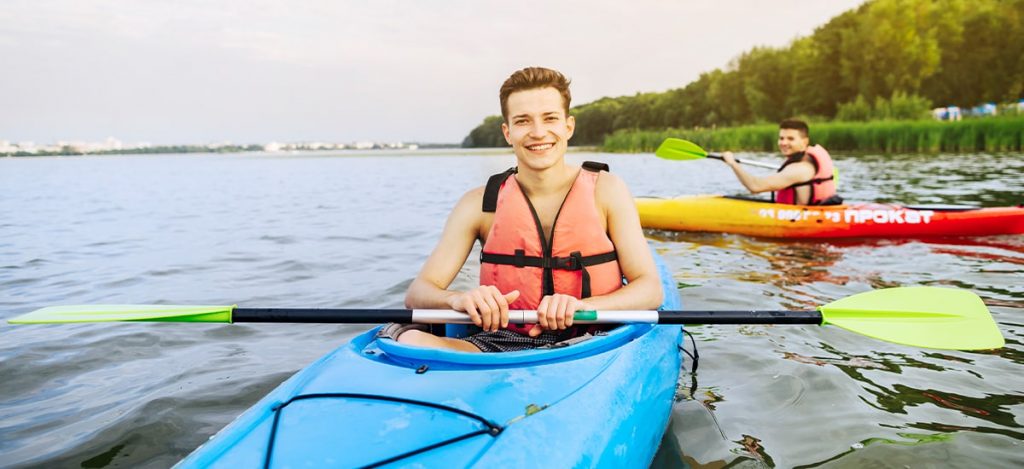
Kayaks are designed and engineered to maintain buoyancy even if it gets filled with water. But it is an added advantage to have float bags inflated with air so that they will help to keep the kayak in place and above water in case of capsize. A float bag is a triangular shaped bag that is inflated with air and is designed specifically to fit the curvature of the kayak.
Clothing
Always choose clothing that is non permeable and does not absorb water like swimwear or shorts, a non-cotton top, nylon clothing is prefered, a vest depending on the weather conditions. Extra layers are always good, as you can remove a layer if it gets hot. If the temperatures are colder than 60 F, a wetsuit is recommended .
Flashlight and a whistle
It is not advised to go for night kayaking unless you are advanced or a trained kayaker. But otherwise also at times, due to weather change, it can get dark or foggy, so we suggest you keep a flashlight or head torch handy. A whistle can be a lifesaver at times. It is durable and can easily be slipped into your pockets.
HOW TO ADJUST A KAYAK
A well-adjusted kayak will be much more stable and reliable to paddle. Adjust your kayak while you are still on dry land and focus on these three points. For beginners or for recreational kayakers, we understand that it can be tricky to choose the right kayak and hence experts will guide and help you choose one that is best for your balance and comfort.
- Adjust the butt snugly to the seat back – For more balance and control, try to sit as upright as possible
- Place the feet on the foot pegs and check for the bend in the knee. Most of the foot pegs can be adjusted by tilting them and sliding them along a track to preset the stopping points.
- To control the side-to-side motion of the boat as you paddle, ensure that your bent knees are in firm contact with either side of the cockpit.
HOW TO LAUNCH A KAYAK
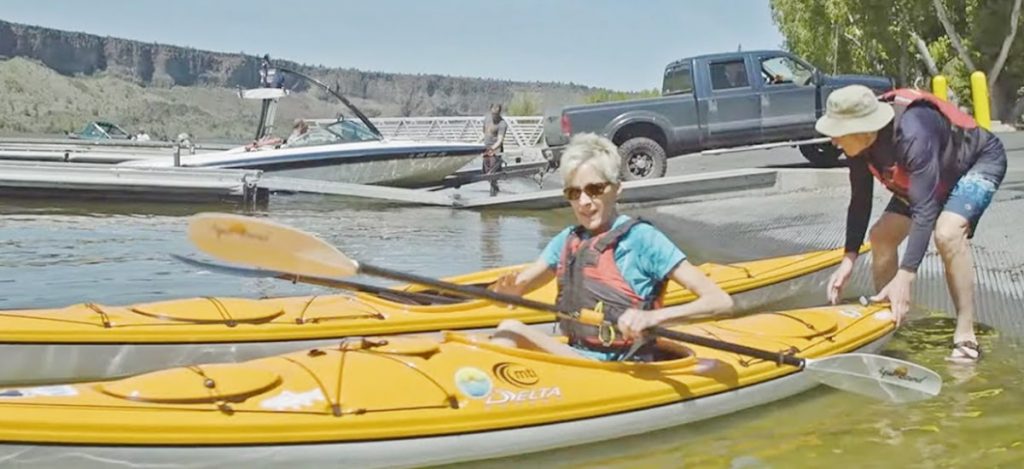
Mostly kayaks are launched from a gradually sloping shoreline to avoid dragging the kayak over rocky surfaces. It is crucial to have the right posture as right posture means balanced and stable positioning which helps in transferring the power effectively through all contact points onto the paddle and thus maneuvering the kayak perfectly.
- With help carry the kayak to the water and set it down in shallow water, perpendicular to the shoreline.
- After placing one of your paddle blades under the deck line, stand over the kayak, straddling the cockpit.
- Now adjust your butt to the cockpit seat, then lift your legs and slide them into the cockpit and slide your feet onto the foot pegs.
- Grab your paddle and use it to move your kayak against the incoming waves in the direction opposite to that of the kayak.
HOW TO HOLD THE KAYAK PADDLE
Begin by holding your paddle with both hands and center your paddle shaft on top of your head. Your hands should be in the proper starting position while your elbows are bent at 90 degrees. Now lower the paddle and orient to make sure that both sides of the paddles are in line with each other. Make sure to align the paddles in a way such that the scooped sides of the blade are facing you. Then go ahead and place your knuckles on top of the paddle shaft. Ensure they are aligned with the top of your paddle blades.
ROLE OF RUDDER AND SKEGS
Rudders and skegs are helpful in tracking the kayak. They help the kayak to move in desired directions without doing major correction strokes using a paddle. Although kayaks are designed to maneuver very swiftly, anomalies like crosswinds, weight distribution and wind dynamics can pose challenges. This is where rudders or skegs come in.
Rudders – It’s used to control the kayak to the right and left using the foot pedals. Pros of using rudders is that it works best for fishing or bigger kayaks like double kayaks. At the same time there is the risk of damaging them from hitting the bottom while landing or backing up in shallow waters.
Skegs – Skeg is a fixed-direction fin that drops down from the bottom of the hull. It is used in keeping the kayak straight especially during windy conditions. Pros of using skegs is that it a simple tool to keeping the kayak in place during harsh winds, waves and current. One disadvantage is that they are prone to jamming, mostly because of small shells and stones on the beach.
With these basic equipments, safety gears and instructions on postures and balance in place, all that is left is to have fun. Get ready to leisurely paddle through waters and spend time unwinding all the stress.
Are you interested in taking kayaking classes? Learn from professional and experienced instructors. Come as a group, a pair, or come solo, we will make sure that you have an amazing experience paddling the waters of Dubai.
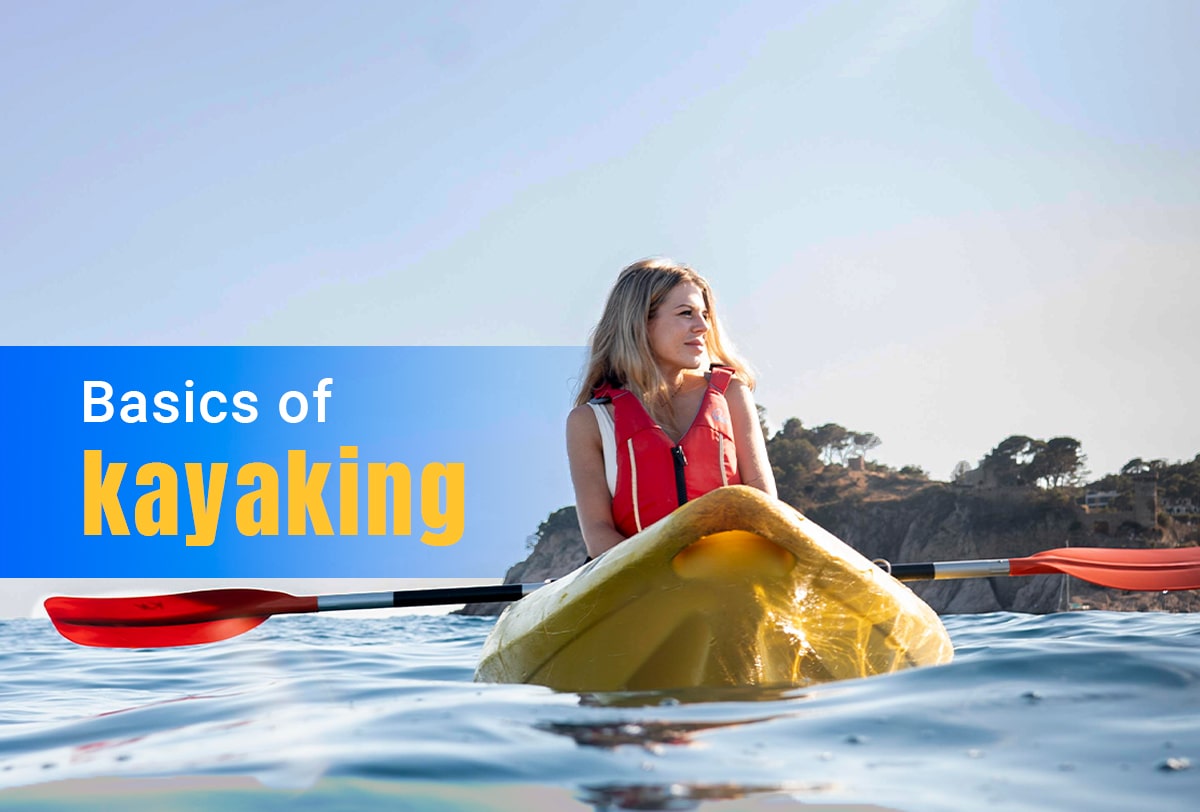
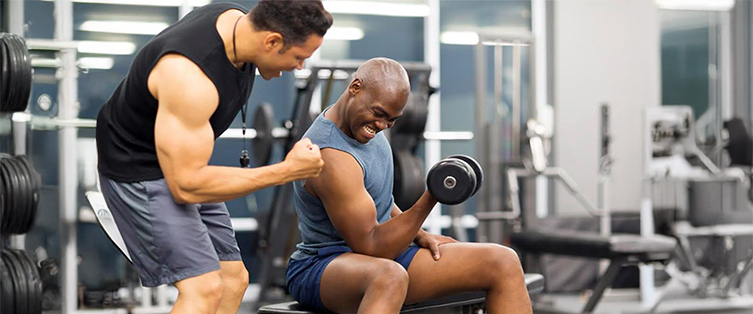
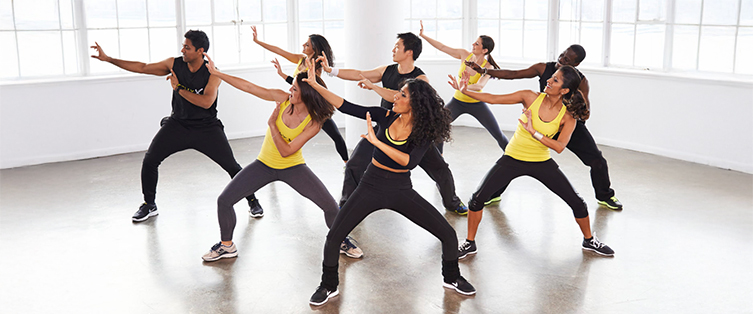
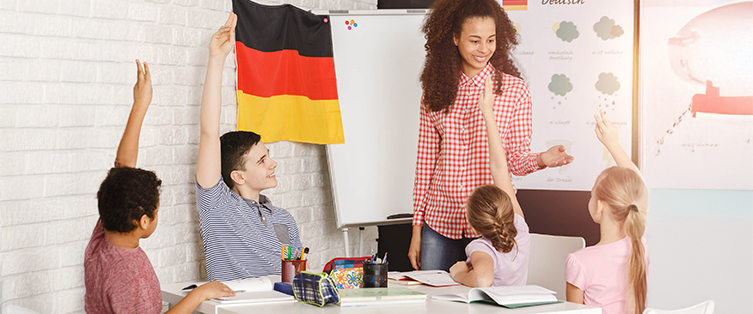
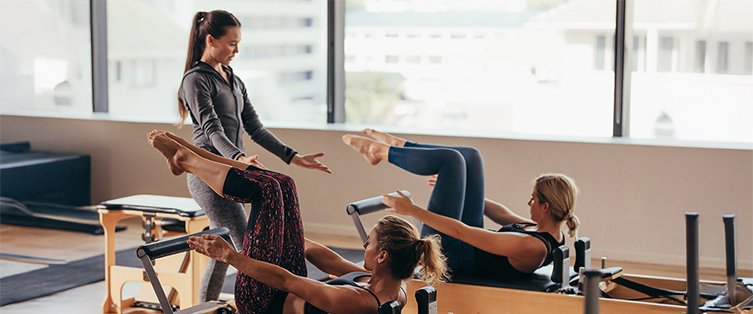

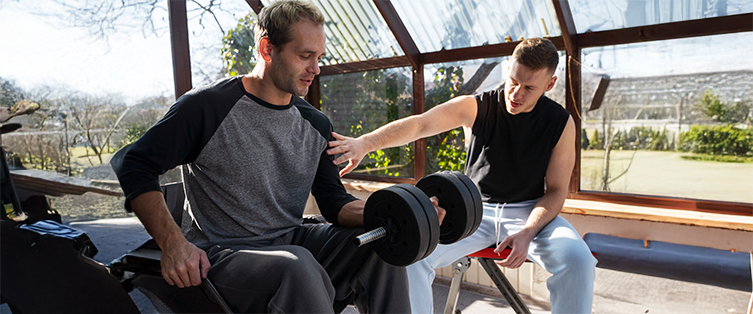
Leave a Reply